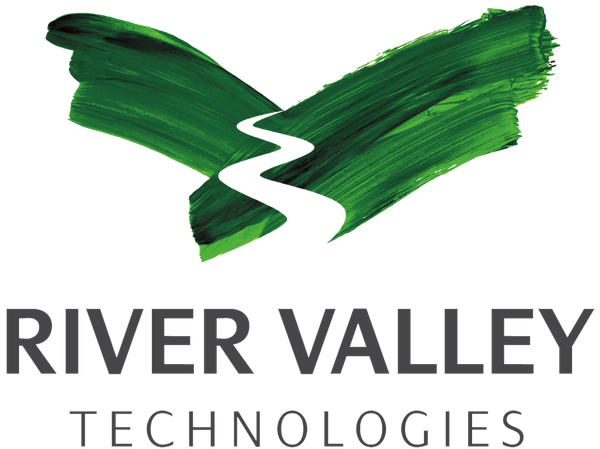
|
|
||||||
With recent advances in computer and video capture technology, holographic films used in classical holography can be replaced with charged-coupled devices (CCD) and complementary metal–oxide–semiconductor (CMOS) image sensors to record and numerically reconstruct hologram, which is now known as digital holography. Digital holography introduces something very new to optical science. It eliminates the need for wet chemical processing and other time-consuming procedures, so recording and numerical reconstruction can be done in almost real time. It allows us to characterize the phase of a light field as well the intensity, and so the whole wave field can be measured and stored in a computer. Digital holography is expanding applications of holography and becoming a scientific and technological tool. Now it is increasingly being used for measuring amplitude and the phase of object waves, displacement and 3-D shape, particle distributions and motions, characterization of the refractive index and biological tissues, and vibration analysis etc. Here basic principles of the digital holography for optical measurement and characterization are described. Taking the rapid advance in CCD and CMOS sensors as the background, the state-of-the-art applications of digital holography to optical measurement and characterization are presented, and future prospects are discussed.


